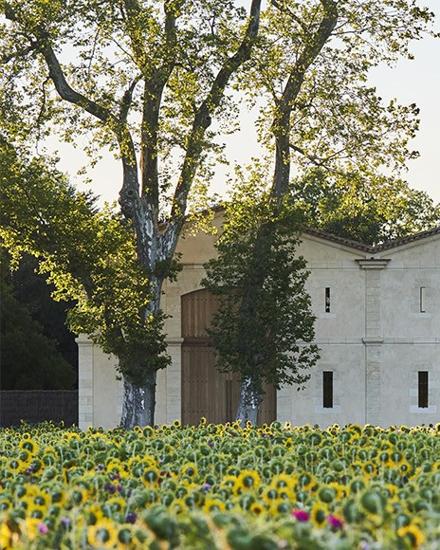d'Armailhac, Chateau

Summary
Château d'Armailhac is a Fifth Growth Pauillac estate spanning 70 hectares of deep gravel soils, producing Cabernet Sauvignon-dominant Bordeaux blends from vineyards adjacent to Mouton Rothschild. Under Rothschild family ownership since 1933, the estate maintains traditional Bordeaux methods with parcel-specific harvesting and moderate oak aging (30% new) to preserve the distinctive terroir expression that defines their classical Pauillac character.
Heritage & Leadership
Château d'Armailhac traces its origins to the 18th century when the d'Armailhac family established the estate in Pauillac. The property achieved recognition in the 1855 Bordeaux Classification, securing Fifth Growth status. A pivotal moment in the château's history occurred in 1933 when Baron Philippe de Rothschild acquired the estate, adding it to his growing portfolio of Médoc properties. The acquisition marked the beginning of the Rothschild family's stewardship that continues to this day.
The estate underwent several name changes throughout its history. Originally Mouton d'Armailhac, it was renamed Mouton-Baron-Philippe after its acquisition, then Mouton-Baronne-Philippe following the Baron's death, before finally returning to Château d'Armailhac in 1989. Today, Philippe Sereys de Rothschild serves as Chairman of the family company that oversees the estate, continuing the legacy established by his grandfather and furthered by his mother, Baroness Philippine de Rothschild, who led the company until her passing in 2014.
Vineyards & Wines
Château d'Armailhac encompasses 70 hectares of vineyards in the Pauillac appellation of Bordeaux's Left Bank. The vineyards sit on deep gravel soils characteristic of the region, providing excellent drainage and heat retention that benefits the primary grape variety, Cabernet Sauvignon. The vineyard composition includes approximately 53% Cabernet Sauvignon, 35% Merlot, 10% Cabernet Franc, and 2% Petit Verdot.
The estate produces two wines: the Grand Vin, Château d'Armailhac, and a second wine, Chevalier d'Armailhac. The property benefits from its strategic location adjacent to Château Mouton Rothschild, sharing similar terroir characteristics that contribute to the wine's distinctive Pauillac character. The vineyards feature vines of varying ages, with some parcels containing older plantings that contribute depth and complexity to the final blends.
Philosophy & Practice
Winemaking at Château d'Armailhac combines traditional Bordeaux methods with modern technology. Harvest is conducted parcel by parcel, with grapes sorted both in the vineyard and at the winery to ensure only optimal fruit enters production. Fermentation takes place in temperature-controlled stainless steel vats, allowing precise control over the extraction process.
The Grand Vin typically ages for 16-18 months in French oak barrels, with approximately 30% new oak used each vintage. This measured approach to oak aging allows the terroir expression to remain prominent while providing structural elements and complexity. The technical team, shared with Château Mouton Rothschild and Château Clerc Milon, ensures consistent quality across vintages while respecting the individual character of each property. The winemaking facilities have been progressively modernized, enabling more precise vinification while maintaining the estate's traditional approach to Bordeaux winemaking.



